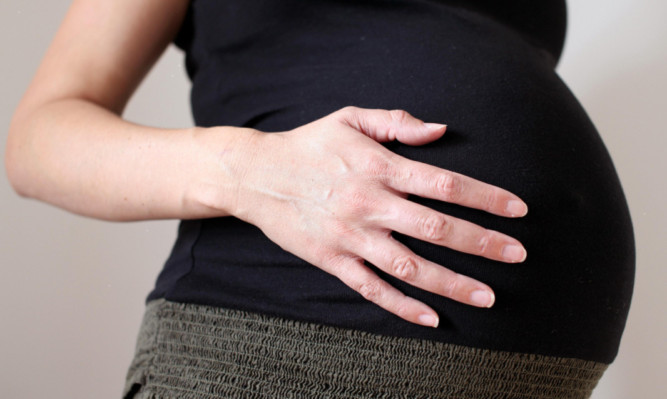Teenage pregnancies have dropped to their lowest rate in at least 17 years, new figures show.
There were 7,032 pregnancies amongst girls aged 19 or under in 2011, the lowest since recent records began in 1994.
Teenage pregnancies have dropped by a quarter from the peak year in 2007 when 9,362 teenagers got pregnant. Figures have dropped sharply since then.
Babies born to very young mothers under 16 have also hit a record low of 492 following a sharp decline since 2006, when 757 under 16s got pregnant.
Midlothian Council saw the highest rates of teenage pregnancy with 59.4 per 1,000 teenagers, although Dundee had the highest rate of pregnancies amongst under 16s. East Renfrewshire had the lowest rate amongst all age groups.
While poor teenagers are more likely to get pregnant, the smaller number of rich teenagers that got pregnant were more likely to have abortions.
There were over four times as many teenage pregnancies in the bottom fifth of society than the top fifth, but less than twice as many abortions.
Of the 2,610 very poor teenagers that got pregnant, around two thirds carried it to term while 794 had abortions. Of the 613 very rich teenagers that got pregnant, less than a third carried it to term while 429 had abortions.
Abortions are more common than deliveries in very young teenagers under-16 from all sections of society.
Just nine very rich under-16s had babies and five times as many (45) had abortions, while 178 very poor under-16s had babies but just three-quarters more had abortions (314).
Public Health Minister Michael Matheson said: “It is encouraging to see a fall in the rates of teenage pregnancy for the fourth successive year. This encouraging reduction means rates in 2011 were the lowest since monitoring began in 1994.
“We have taken significant action in this area and are working with health boards and local authorities to further reduce teenage pregnancy in a range of ways.
“These include providing age appropriate relationship and sexual health education, drop-in services for young people, ensuring access to contraception including longer acting reversible contraception and targeted interventions for those most at risk of poor sexual health outcomes.
“I am concerned, however, that there are significant differences in teenage pregnancy rates between those from the most deprived communities and those from more affluent communities.
“Our Sexual Health and Bloodborne Virus Framework aims to reduce the health inequalities gap in sexual health. We are currently considering the recommendations presented by the Health and Sport Committee following the teenage pregnancy inquiry.”
